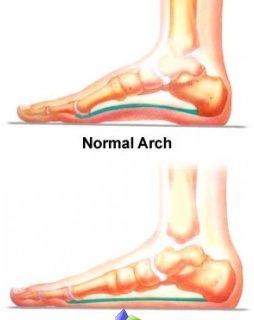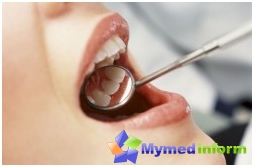Treatment of ulcerative colitis usually takes several years and at the same time requires effort, both from the patient himself and from the doctor. Most often, this disease is found among residents of developed cities, and it is noted that people in the northern hemisphere are more often sick than residents of the South.
Symptoms
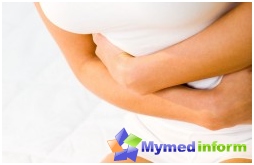
Symptoms of ulcerative colitis can be different. So, in some patients for several years, decent well-being can persist, while the disease can only appear in the form of blood impurities in feces. In this case, people often do not hurry to carry out a full-fledged examination and often fond of self-treatment. Some people have a disease on the contrary, it begins very sharply. At the same time, they are hospitalized with multiple bloody diarins, High temperatures, incontinence of feces, abdominal pain, total weakness and severe heartbeat.
Among all the symptoms of ulcerative colitis, such symptoms are most often found as the presence of blood in cartoons, diarrhea, pussy and mucus in feces, constipation. In addition, the disease is characterized by false urges on the intestinal emptying, incontinence of feces, night defecation, pain and Owl of belly. Sometimes there are signs of intoxication. Such signs in particular include fever, rapid heartbeat, vomiting, dehydration, slimming and loss of appetite. In rare cases, in addition to these symptoms, extraordinary symptoms are manifested with ulcerative colitis. In particular, eye disorders, lesions of the joints, the rash on the skin and mucous membranes, the formation of thrombas, and may also arise the lesion of bile ducts and liver. Moreover, these disorders may be observed before the intestinal disorders begin to manifest.
Causes
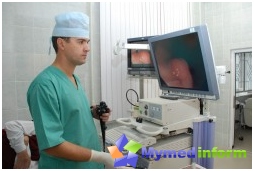
By the way, the Irrigoscopy method is considered one of the main diagnostic methods when suspicious of ulcerative colitis. Only this method is usually not carried out when aggravating the disease. During the X-ray examination, with ulcerative colitis, spasms of individual intestinal segments are found, a moderate intestine thickening, an increase in the number of involuntary movements, as well as the grain of the mucous membrane.
The state of the intestinal shell during the diagnosis largely depends on the severity and acuteness of the disease. So, the mucosa may be in a normal state or with signs of peritonitis. During palpation of the rectum, the patient may have a fistula, an anal passage crack, perianal abcesss, spa spasms, the presence of pus, blood and mucus, the rigidity of the intestinal wall, as well as the pugishness and thickening of the mucous membrane.
An endoscopic study of the colon is often used as a diagnosis of ulcerative colitis. If there is an aggravation of the disease, this type of examination is made without a preliminary belief.
In addition, the main methods for the diagnosis of this disease include colonoscopy and rectoromanososcopy. These surveys make it possible to identify the presence of mucus, blood and pus, which appear when damaged to the rectum and which overlap the mucous membrane. In addition, during diagnostics with the help of these methods, patients determined redness and edema of the rectal mucous membrane. In addition, various erosion and ulcers are found on the mucous. Similar formations on the bottom are usually covered in pus. If a single ulcer is detected during diagnostics, this may be a sign of the presence of a cancer. With a long-term course of the disease on the mucous membrane, there is a pronounced edema. In addition, such patients during surveys are determined by excessive regeneration of the epithelium, during which pseudopolypes are formed. With the help of colonoscopy, among other things, it is possible to determine not only the length of the defeat, but also its severity. This is especially true if the patient has malignancy.
Treatment
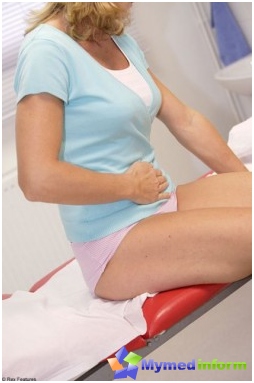
Treatment of ulcerative colitis is mainly aimed at suppress inflammation, reduce the manifestation of characteristic symptoms and fill the loss of liquid and nutrients. During treatment, the patient must exclude raw fruits and vegetables from its diet. It is necessary in order to reduce the physical irritation of the inflamed intestinal mucosa. In addition, the patient is shown a diet with a restriction of dairy consumption. Such a diet smoothes symptoms. Also in the diet of the patient, it is necessary to include products with iron. It will help to cope with anemia, which is caused by long blood loss with feces.
Patients who have a moderately severe form and which are not chained to bed, are usually prescribed corticosteroids. It should be noted that the treatment of these drugs for a long time usually always leads to the emergence of some side effects, but they usually pass independently after the discretion of the drug. If nonspecific ulcerative colitis in light or moderate form affects only the left side of the straight and colon, then the patient is usually assigned to the molesin or corticosteroid.
In the case of severe disease, hospitalization is subject to hospitalization. In this case, the injection of corticosteroids is prescribed as soon as possible. Some patients can operate heavy bleeding from the rectum. In this case, the patient needs blood transfusion, as well as intravenous injection of liquids.
Forecast
When discovering ulcerative colitis, our site recommends that you make the necessary treatment as soon as possible. The longer the treatment will be postponed, the disease more and more will be progressing, and the harder will be the treatment. In the first phases of the disease, about 25% of all patients can fully cure with the help of traditional treatment methods. The more the patient delays the treatment, the one percentage becomes less.



